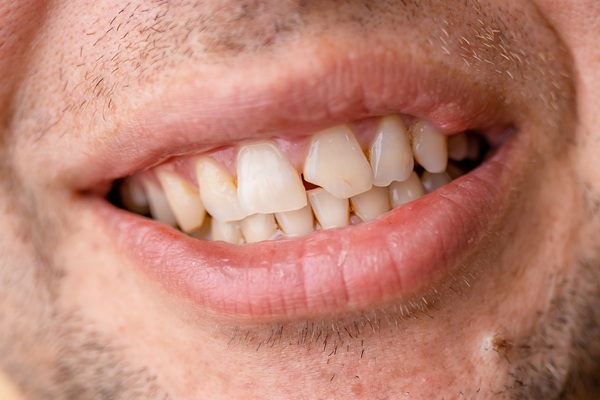Dentistry for Children: Treating Early Childhood Caries With Dental Fillings

Childhood caries are an unfortunate common incidence, and so are dental fillings. Statistics from the National Institute of Dental and Craniofacial Research show that 42% of children between the ages of two to 11 will experience at least one cavity. Parents are advised to learn about the symptoms of cavities as it will help ensure that their kids get timely dental fillings before the decay causes further damage.
Nevertheless, knowing the symptoms of cavities is not enough. The most effective way to handle cavities is to prevent their occurrence in the first place. This article focuses on the symptoms, treatment and prevention of early childhood caries.
About childhood caries
Signs of childhood caries
There are visual signs that indicate the presence of cavities. Sometimes, white spots can form on the teeth as an early sign, but it does not mean the cavity has formed. When there is a cavity, it will first appear as light brown. As the cavity forms fully, it will become dark brown.
The physical signs of early childhood caries include an ache around the affected tooth and sensitivity to cold, hot or sweet foods. Once a child starts experiencing any of these, you need to book an appointment with the child’s dentist.
Causes of dental caries in toddlers
Usually, tooth decay causes cavities. Tooth decay begins when bacteria accumulate in the child’s mouth. The bacteria produce acid that degrades the enamel gradually. As the enamel deteriorates, the tiny holes left are called caries.
Although it is impossible to remove the bacteria present in the mouth completely, certain actions can predispose your child to the risk of dental decay, including:
- Consuming diets with high sugar or starch content. Decay-causing bacteria feed on sugar and carbs and break them down into acid
- Failure to maintain proper oral hygiene routines such as regular brushing and flossing
- Insufficient fluoride in the teeth. Fluoride is a mineral that makes the tooth enamel stronger
Dental fillings for cavities
Treating early childhood caries involves using a composite filling, which matches the tooth’s color to fill the hole and shield the tooth from additional damage. A child’s dentist can complete the dental fillings procedure in a day. When the child visits the dental office, the kid-friendly dentist will calm the child and make the process painless by using local anesthesia to numb their gum and teeth.
After getting your child ready, the decay from the affected tooth will be removed and the area will be cleaned. The dental expert will then proceed to fill the cavity with a composite filling then use a special light to cure and solidify the composite.
After the composite is solidly in place, the dentist will verify that the dental filling causes no discomfort to the child. Additional adjustments may be made to the fillings accordingly. Composite fillings are generally durable and will last for years if the patient maintains proper oral hygiene routine.
Final note
Typically, children do not suffer any significant pain during a dental fillings procedure. If you are worried about your child’s comfort during the procedure, you can discuss sedation options with the dentist.
Request an appointment here: https://www.lilburnfamilydentistry.com or call Lilburn Family Dentistry at (770) 800-0178 for an appointment in our Lilburn office.
Check out what others are saying about our services on Yelp: Read our Yelp reviews.
Recent Posts
Dental crowns are restorations that can address a range of dental issues, from severely damaged teeth to protecting a tooth after a root canal. They help preserve oral health and enhance a smile's appearance. In addition to being versatile, they are available in different materials, which can be helpful for individuals who want options.Dental crowns…
A broken tooth is a common dental issue that can happen for many reasons, such as accidents, biting into something hard, or untreated tooth decay. Whether a dentist can save a broken tooth or needs to remove it depends on how severe the damage is and how quickly patients seek treatment. While modern dental techniques…
Dental crowns are a popular dental restoration, effectively preserving and enhancing the function of damaged or weakened teeth. These custom-made caps are designed to fit over the existing tooth, providing both structural support and improvements in your smile's appearance. However, not all dental crowns are created equal. The type of dental crown you choose can…
Your dentist can help determine if you need dental crowns. There are many reasons for getting these restorations. The main goal is always to restore the tooth and enhance its functions. Here are the signs you may need dental crowns soon.Losing at least one tooth can cause more dental problems. It can lead to dental…


